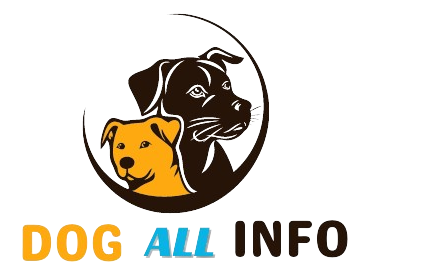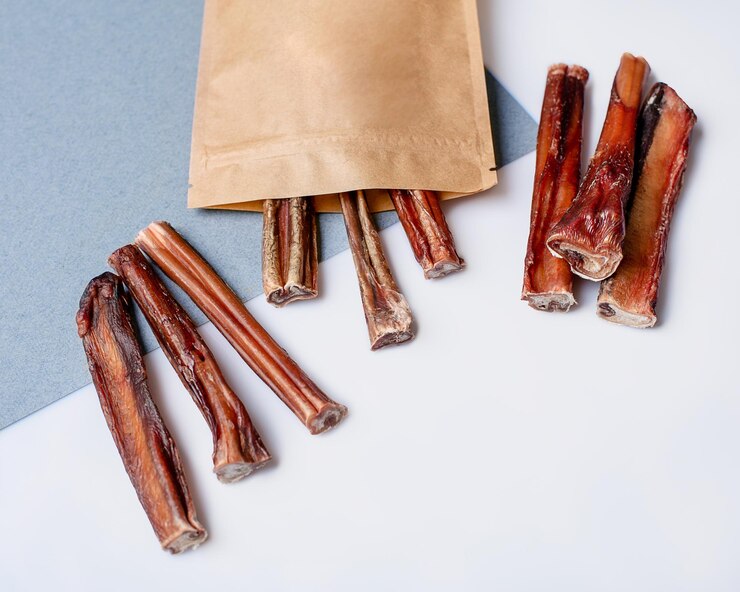Beef pizzle is generally safe for dogs when given in moderation. Always supervise your dog while chewing.
Beef pizzle, also known as bully sticks, is a popular dog chew made from the penis of a bull or steer. These chews provide a natural, long-lasting option for dogs to gnaw on, satisfying their instinctual need to chew. Rich in protein, they can also contribute to dental health by reducing plaque and tartar buildup.
However, it’s important to choose high-quality, single-ingredient products and monitor your dog to prevent choking or digestive issues. Consult your veterinarian to ensure beef pizzle is suitable for your dog’s specific dietary needs and health conditions. Responsible use can make beef pizzle a beneficial addition to your dog’s routine.
Introduction To Beef Pizzle
Beef pizzle is a natural chew for dogs. It is made from the penis of a bull. Many dogs enjoy chewing on it. It is a popular dog treat. Beef pizzle is also known as bully sticks. These sticks are high in protein. They are also low in fat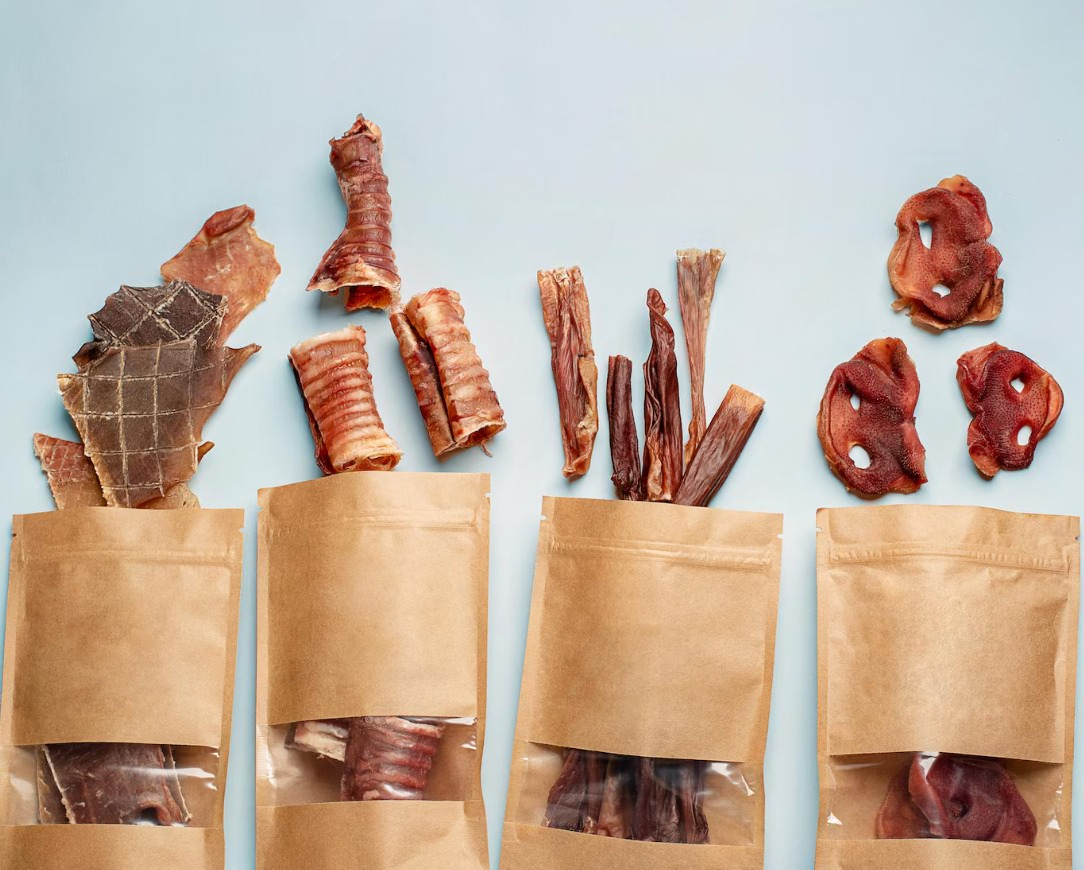 . Dogs find them very tasty.
. Dogs find them very tasty.
Dogs use beef pizzle for chewing. It helps keep their teeth clean. Chewing on beef pizzle can reduce plaque and tartar. It also keeps dogs busy and entertained. This can help reduce anxiety in dogs. Many dog owners use beef pizzle as a reward. It is a good treat for training.
Nutritional Value
Beef pizzle is rich in protein. It contains essential amino acids. These help in muscle growth. It also has vitamins and minerals. Iron and zinc are important ones. Iron supports red blood cells. Zinc helps the immune system.
Beef pizzle is good for dental health. It acts like a natural toothbrush. Chewing it reduces plaque. It also keeps dogs busy. This reduces stress and anxiety. Beef pizzle is low in fat. It is a healthy treat option. Dogs love its taste.
Potential Risks
Beef pizzle can be a choking hazard for dogs. Dogs might swallow large pieces. Large pieces can block their throat. Always supervise your dog while eating beef pizzle. Make sure the pieces are small enough to chew. Smaller dogs are at higher risk. Choose the right size for your dog’s breed. Remove small pieces that can be swallowed whole. This will help to prevent choking. Keep water nearby for your dog to drink.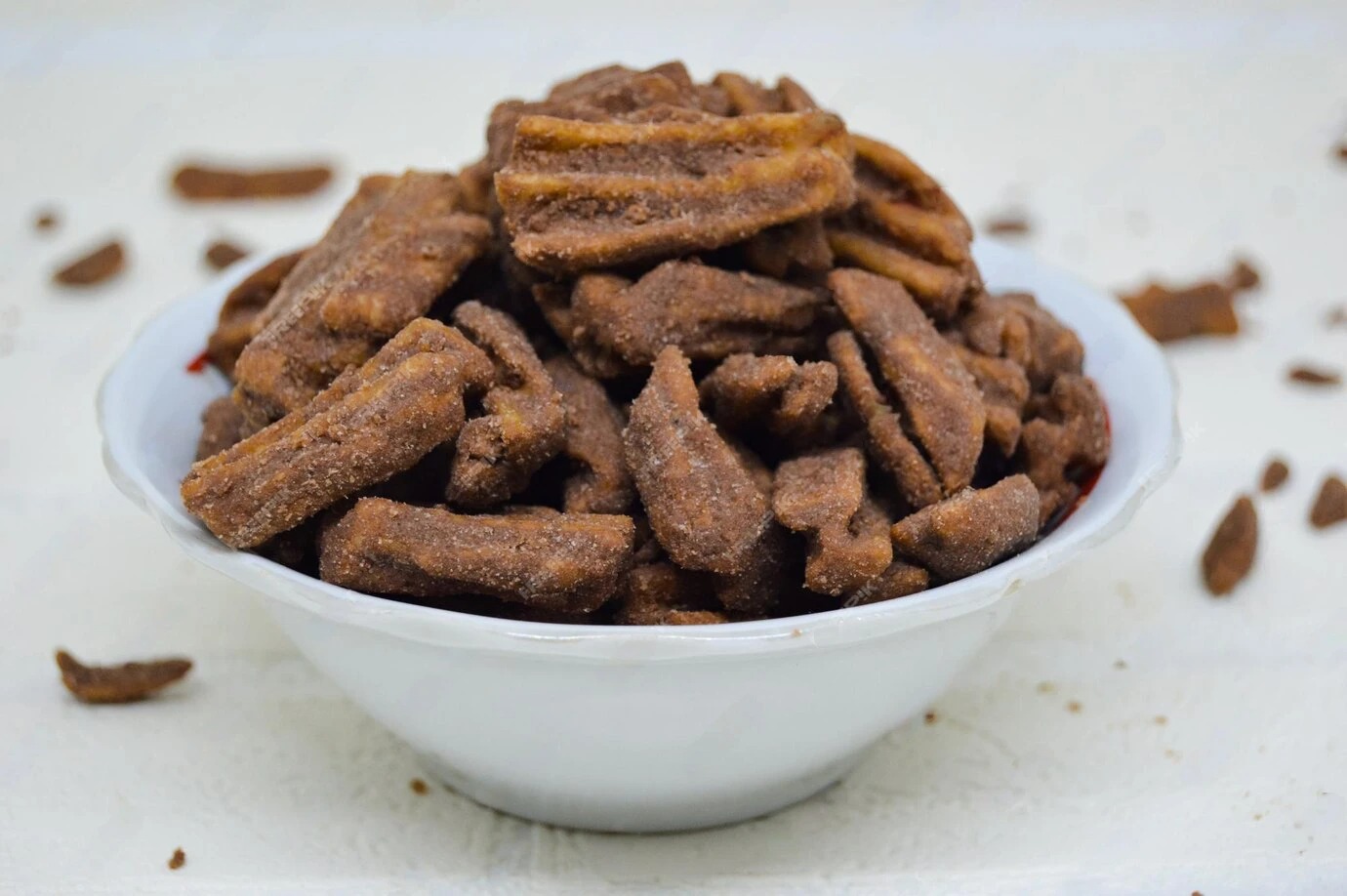
Some dogs may face digestive issues with beef pizzle. It can cause vomiting or diarrhea. Dogs with sensitive stomachs are more prone. Gradually introduce beef pizzle to their diet. Watch for any signs of discomfort. Consult a vet if issues persist. Overconsumption can lead to constipation. Always provide in moderation. Ensure your dog chews it properly. Proper chewing aids digestion and reduces risks.
Choosing The Right Product
Check the ingredients list first. Make sure it contains 100% beef. Avoid products with artificial additives. Look for certified organic labels. They ensure higher quality. Inspect the smell. It should be natural and not overpowering. The color should be uniform. No discoloration means better quality. Check the packaging. It should be intact and sealed.
Choose the right size for your dog. Small dogs need smaller pieces. Large dogs can handle bigger sticks. The shape should be uniform. Avoid sharp edges. They can hurt your dog’s mouth. Look for straight pieces. They are easier to chew.
Safe Feeding Practices
Beef pizzle can be a safe and nutritious treat for dogs when sourced from reputable suppliers. Always supervise your pet while they enjoy this natural chew to ensure safety. Regularly monitor for any signs of digestive issues.
Supervision Tips
Always watch your dog while they chew beef pizzle. This prevents choking hazards. Remove small pieces immediately. Ensure your dog chews properly. This avoids any digestive issues. Supervised chewing keeps your dog safe. Choose the right size for your dog’s breed. Larger dogs need bigger pizzle sticks.
Portion Control
Limit the amount of beef pizzle given daily. Too much can cause weight gain. Break large pieces into smaller chunks. Offer pizzle as an occasional treat. This maintains a balanced diet. Monitor your dog’s reaction to new treats. Stop feeding if any allergies appear. Always provide fresh water.
Alternatives To Beef Pizzle
Beef pizzle is a popular dog treat, but safety concerns arise due to potential contamination. Consider alternatives like sweet potato chews, which provide a healthy and safe option. Other options include dental sticks and rawhide-free bones, ensuring your dog enjoys a safe treat.
Other Natural Chews
There are many natural chews for dogs. Pig ears and chicken feet are great options. Deer antlers are long-lasting and safe. Sweet potato chews are healthy and tasty. Yak chews are hard and durable.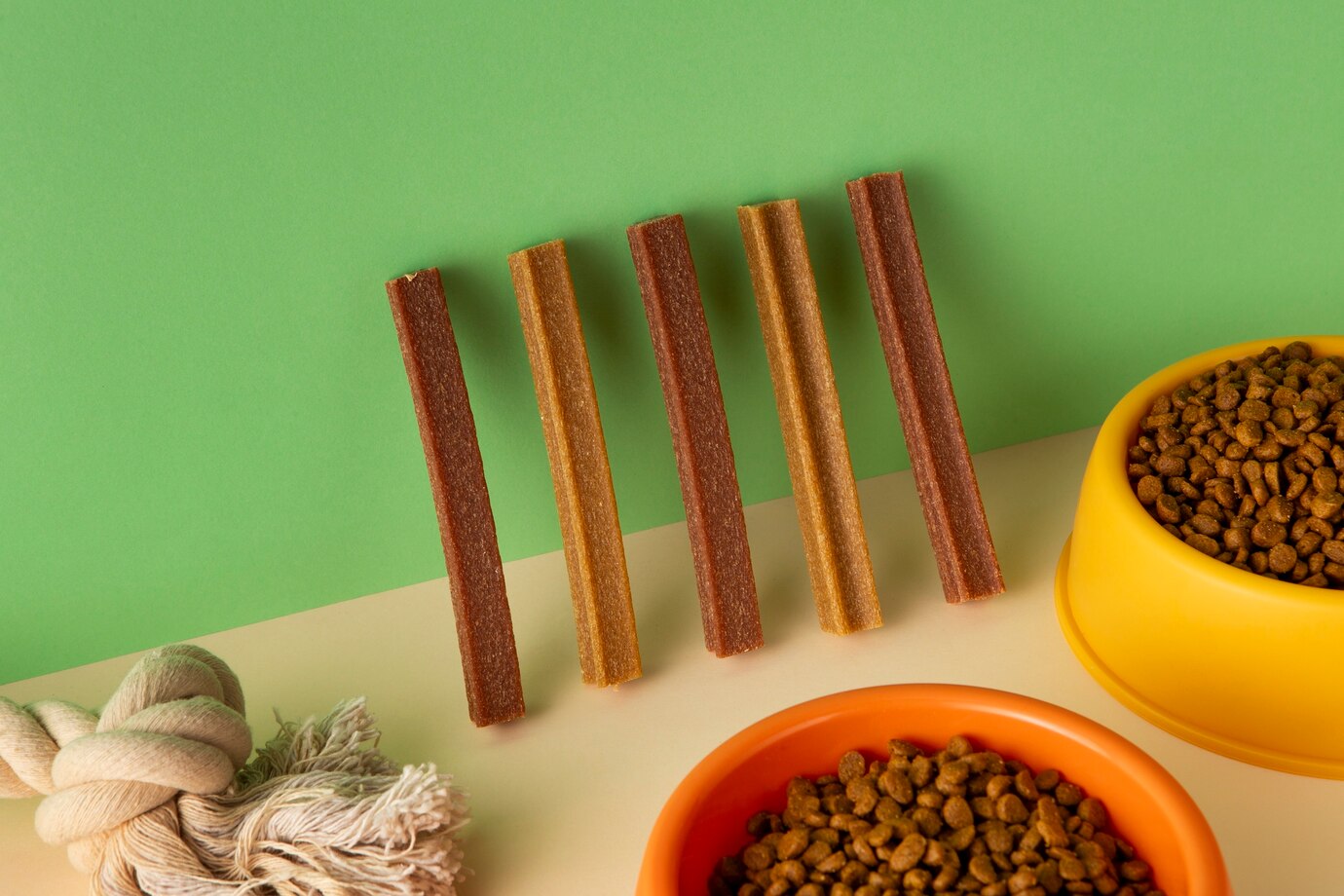
Bully sticks are another good choice. Dogs love rawhide chews too. Always supervise dogs while chewing. Make sure the chews are the right size. Natural chews keep dogs happy and healthy.
Commercial Dog Treats
Commercial dog treats are also available. Look for treats with simple ingredients. Avoid treats with artificial flavors. Many treats have added vitamins and minerals. Dental chews help clean teeth. Soft chews are good for older dogs. Training treats are small and tasty.
Always read the label before buying. Choose treats made in safe countries. Check for recalls regularly. Good treats make dogs excited and healthy. Treats should be given in moderation.
Veterinarian Insights
Many veterinarians believe beef pizzle is safe for dogs. It provides a natural source of protein. Dogs enjoy chewing on it. Chewing helps keep their teeth clean. Always monitor your dog while they chew.
Some dogs may have allergies to beef. Small dogs could choke on large pieces. Puppies and older dogs might have sensitive teeth. Always choose the right size for your dog. Consult your vet if unsure.
Another Post: Can Hotels Charge for Service Dogs
FAQ
Is Beef Pizzle Safe For Dogs?
Yes, beef pizzle is safe for dogs. It’s a natural, protein-rich chew that supports dental health and satisfies chewing instincts.
How Often Can Dogs Eat Beef Pizzle?
Dogs can eat beef pizzle a few times a week. Always supervise and provide plenty of fresh water.
What Are The Benefits Of Beef Pizzle?
Beef pizzle supports dental health, reduces plaque, and satisfies chewing needs. It’s also a good source of protein.
Conclusion
Beef pizzle can be a safe treat for dogs when sourced properly. Always supervise your pet while they chew. Opt for high-quality, natural beef pizzles to avoid health risks. Consult your vet before introducing new treats. Prioritizing your dog’s safety ensures they enjoy their snacks without issues.
